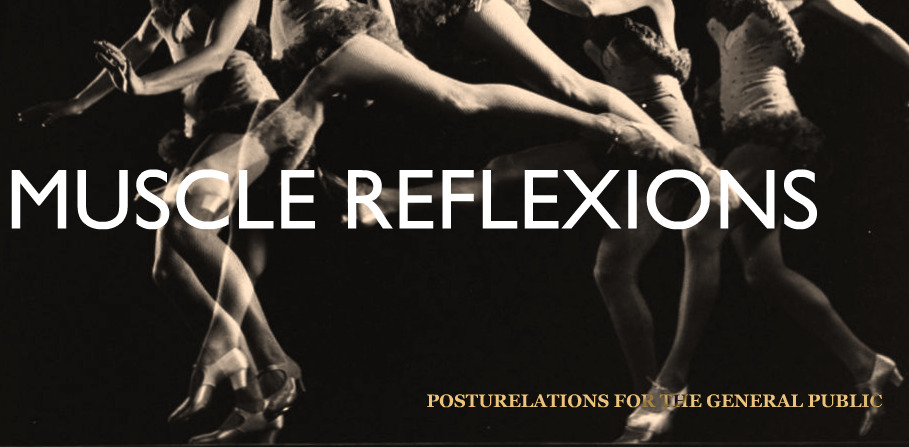a clip of "Strolling Under the Skin"
Fascial structure is an incredible phenomenon. I recently re-viewed this awesome video called "Strolling Under the Skin", a film about movement in human fascia. It's a pretty old film, but the microscopic images of moving collagen fibers are absolutely stunning. The images were largely recorded because of work by Dr. Guimberteau, a surgeon who has spent the last 30 years working with fascia and muscular structures. Guimberteau postulates that there is a shared architecture to all living, moving things that can be partially explained by the concept of "tensegrity".

Tensegrity is undoubtedly more complicated than what I am writing here, but from what I understand, "tensegrity" is a word that describes structures able to distribute stress throughout the whole body - meaning there is no "weak point" in the entire structure. This is because the whole structure acts to support itself by compression (movable points) and tension (non-movable points). Pretty cool, huh? It's sort of like communist architecture. Above is the "Needle Tower" by Kenneth Snelson, one of the pioneers of tensegrity architecture. Below are some more pictures of tensegrity in action.


Also, for anyone interested in scientific research on biolgical tensegrity, here is a 2009 study on the existence of pre-stress in ankle joint structure.








